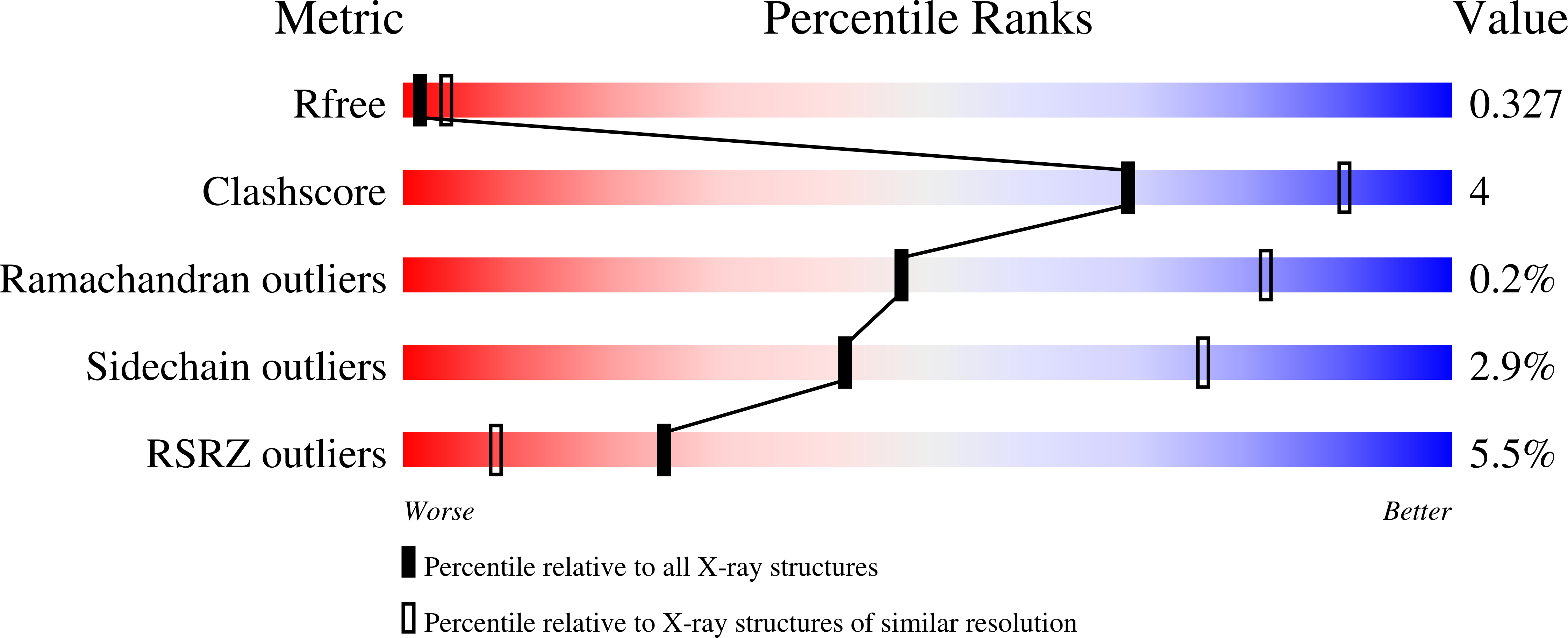
Deposition Date
2023-07-05
Release Date
2024-06-12
Last Version Date
2024-07-24
Entry Detail
PDB ID:
8POQ
Keywords:
Title:
Crystal structure of wolbachia leucyl-tRNA synthetase editing domain
Biological Source:
Source Organism:
Host Organism:
Method Details:
Experimental Method:
Resolution:
3.00 Å
R-Value Free:
0.32
R-Value Work:
0.27
R-Value Observed:
0.27
Space Group:
P 43


